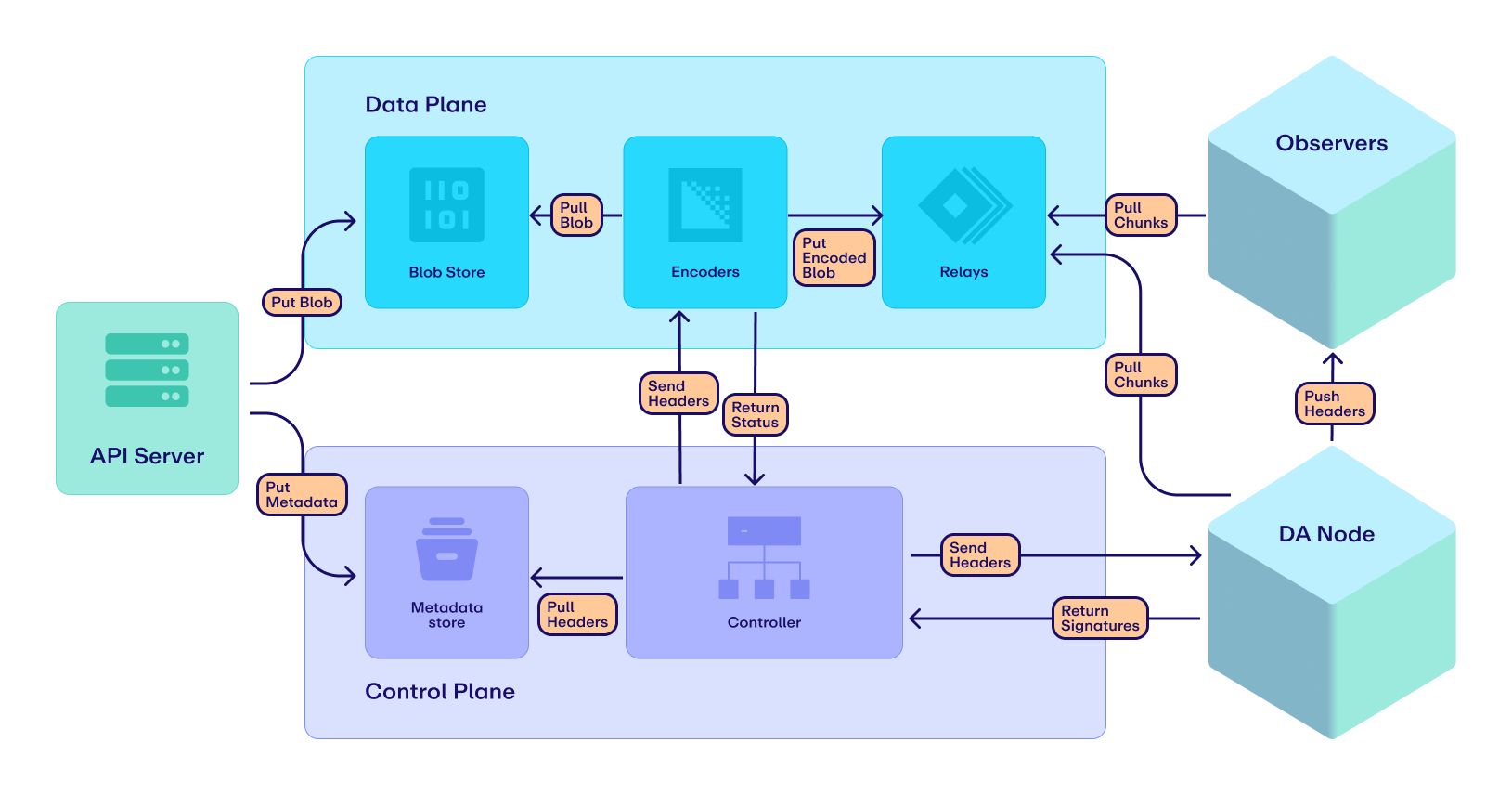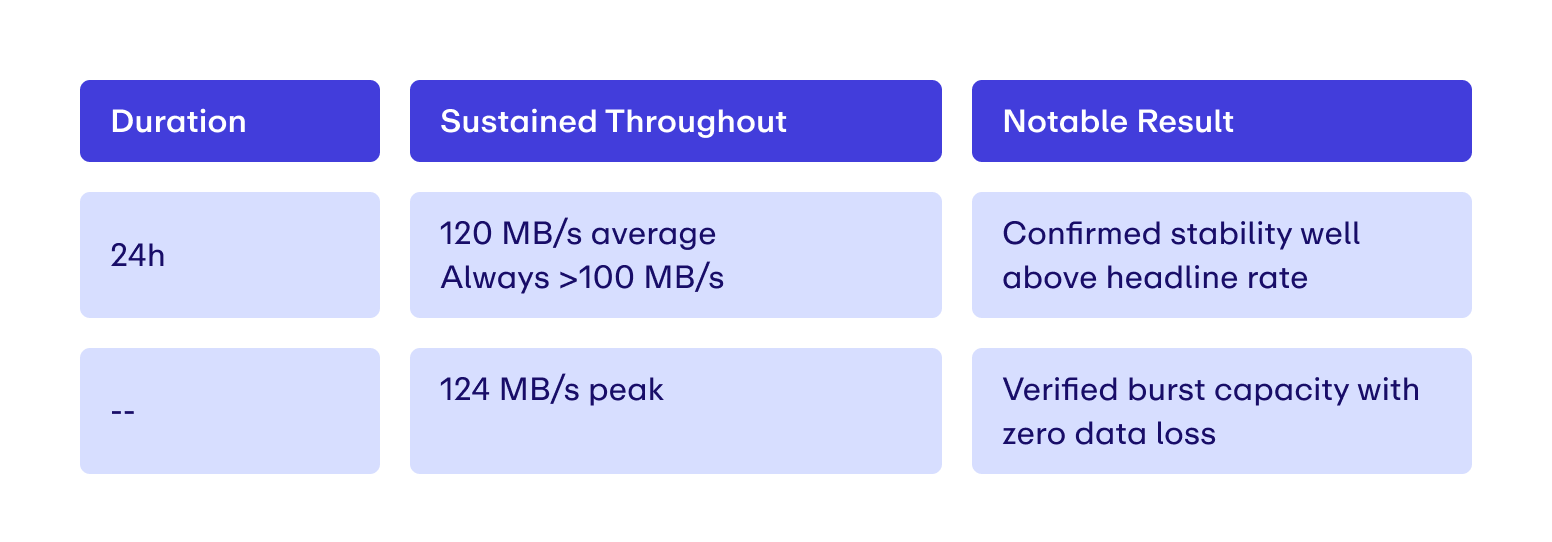Introducing EigenDA V2 on Mainnet at 100 MB/s
On Ethereum. For Ethereum.
Today, coinciding with Ethereum's 10th anniversary, we are launching EigenDA V2 with a throughput of 100 MB/s. As we celebrate a decade of Ethereum innovation with the community, we are excited to contribute to its growth in the next ten.
EigenDA is the fastest DA solution with V2 now live. During the past two months, as we progressed testing on testnet, we quickly realized that the original 50MB/s testnet target was too conservative. EigenDA V2 can now comfortably operate at 100MB/s.
EigenDA is the most utilized DA solution. EigenDA today secures $2B+ in customer assets, making up 75% of all assets living on Ethereum L2s with altDA. With more rollups relying on EigenDA than ever before, our system is battle-tested, horizontally scalable, and modular by design with users. Customers such as Fuel and Aevo are already live on mainnet. MegaETH and Celo are on testnet.
EigenDA V2 further decreases latency by 60x, with an average latency of 5 seconds and a p99 latency of 10 seconds. For Ethereum rollups hosting ambitious apps, there’s no second-best way to scale.
→ If you are interested in getting started now, you can integrate with our Quick Start or DM me directly.
100 MB/s: Surpassing Visa
EigenDA V2 is built to handle cloud-scale throughput, ensuring that the only thing stopping builders from achieving their goals is their own ambition. It’s difficult to conceptualize what 100 megabytes per second truly means.
At 100 MB/s, every second, EigenDA can process:
- 800,000+ ERC-20 transfers
- 80,000+ token swaps
At 100MB/s, EigenDA allows Ethereum rollups to operate at 12.8x Visa’s peak throughput (65,000 TPS)
Under the Hood: What Makes EigenDA V2 100MB/s Possible
EigenDA has undergone an evolution at the node software level to enable these performance improvements. EigenDA V2 made three opinionated design decisions that led to a step-function change in DA performance:
- Separation of control and data plane
- Simplified data allocation
- Custom database optimized for DA loads
Separation of control and data plane
The heart of EigenDA V2’s architectural update is a cleaner separation of “data plane” and “control plane” communications within the core protocol:
- In the original EigenDA architecture, the disperser sends a payload to the DA nodes consisting of both metadata (blob headers) and data (encoded chunks).
- In V2, the disperser simply sends a batch of blob headers to the DA nodes. Upon validating payment and rate limit information, the DA nodes then request to retrieve the associated data payloads from the disperser.

For EigenDA validators, this further optimizes high-bandwidth downloads and paves the way for permissionless dispersal.
Simplified Data Allocation
Further, we’ve drastically simplified data allocation. This comes in two flavors:
Each blob is encoded to a standard number of chunks (currently 8192). This transitions encoding into a stateless operation, reducing complexity.
Data also only needs to be encoded once for all quorums. EigenDA offers a unique ability to allow rollups to use their own token to secure their instance of EigenDA. When adding a new quorum, previously, the data needed to be encoded multiple times. In V2, the data is now encoded only once.
Then, we can then distribute data to validators running multiple quorums such that they only host data corresponding to the max of their quorum stake, rather than the sum.
Custom database optimized for DA loads
Perhaps most surprisingly, we built a custom database optimized for data availability workloads. EigenDA validators must sustain high write throughput indefinitely, without performance, latency, or memory degradation. Unfortunately, all out-of-the-box databases we tested failed to meet our requirements. In order to achieve the scale we need, we created a unique database system, LittDB.
LittDB is not a general-purpose database; it makes unique tradeoffs. LittDB doesn’t support data mutability or read-write transactions, and data is maintained and expires in the order it was written. These tradeoffs enable LittDB to excel at what it does best: embedded key-value storage at consistently high performance, even when run on cheap commodity hardware.
And much more…
The technical advancements that made EigenDA are too many to be listed, from GPU-accelerated erasure coding to an optimistic system for determining cert validity. Expect more content soon on these improvements.
Tested to the Limit: 124MB/s Peak, 60-Hour Runs
Launching at 100 MB/s wasn’t an accident: it was the outcome of months of carefully‑orchestrated stress campaigns. EigenDA V2 underwent rigorous testing at both the node software level and the network level, in geographically decentralized settings, replicating mainnet topology.
We spun up 14 independent validators on Holesky, strategically positioned across three separate continents (North America, Europe, and Asia). On top of the 14 validators, we also invited external validators to join testing with us. Across our 60-hour load testing, we’ve achieved the following high-level results:

We’re continuously striving to improve and set the testing standard for high-performance products in crypto. This is only the beginning.
Already Powering the Fastest Chains
EigenDA V2 hasn’t just been tested on Holesky and Sepolia. We’re also running live in production for two weeks. In the past weeks, Fuel, Aevo are both live and migrated to EigenDA V2. On top of their production traffic, we’ve also sent 2 MB/s of traffic strengthening the network.
Fuel V1 was the first rollup to go live and achieve stage 2 decentralization. Today, Fuel Ignition, the latest iteration of the network, is the first to use EigenDA V2 on mainnet to scale to their 150K TPS vision.
It’s incredible to innovate alongside the Fuel Labs team.
Aevo is one of the earliest innovators in on-chain options and central-limit order books for derivatives. They have also transitioned to EigenDA V2 to prepare for the significant growth they are pursuing in this new phase.
More V2 customers are coming. MegaETH and Celo are already on testnet with many more to be announced.
Beyond Rollups: Building the Verifiable Cloud
EigenDA now surpasses the DA requirements needed to support payments at a global scale. So… what’s next?
In our earlier EigenCloud announcement, we unveiled our vision for a Verifiable Cloud. Through that lens, EigenDA’s goal is to not only support rollups, but also build the data layer for all verifiable software, including AI inference, gaming, and video streaming. These applications demand data throughput at the scale of gigabytes per second. EigenDA is committed to continually improving its performance to support these use cases and serve as the data availability layer powering the Verifiable Cloud.
How to Get Started Now?
We’re beyond excited to build the verifiable cloud with you. Send me a DM to get started to take a look at our docs page: docs.eigenda.xyz.
¹ https://l2beat.com/data-availability/summary
² Assuming 1 ERC-20 transfer takes 120 bytes.

